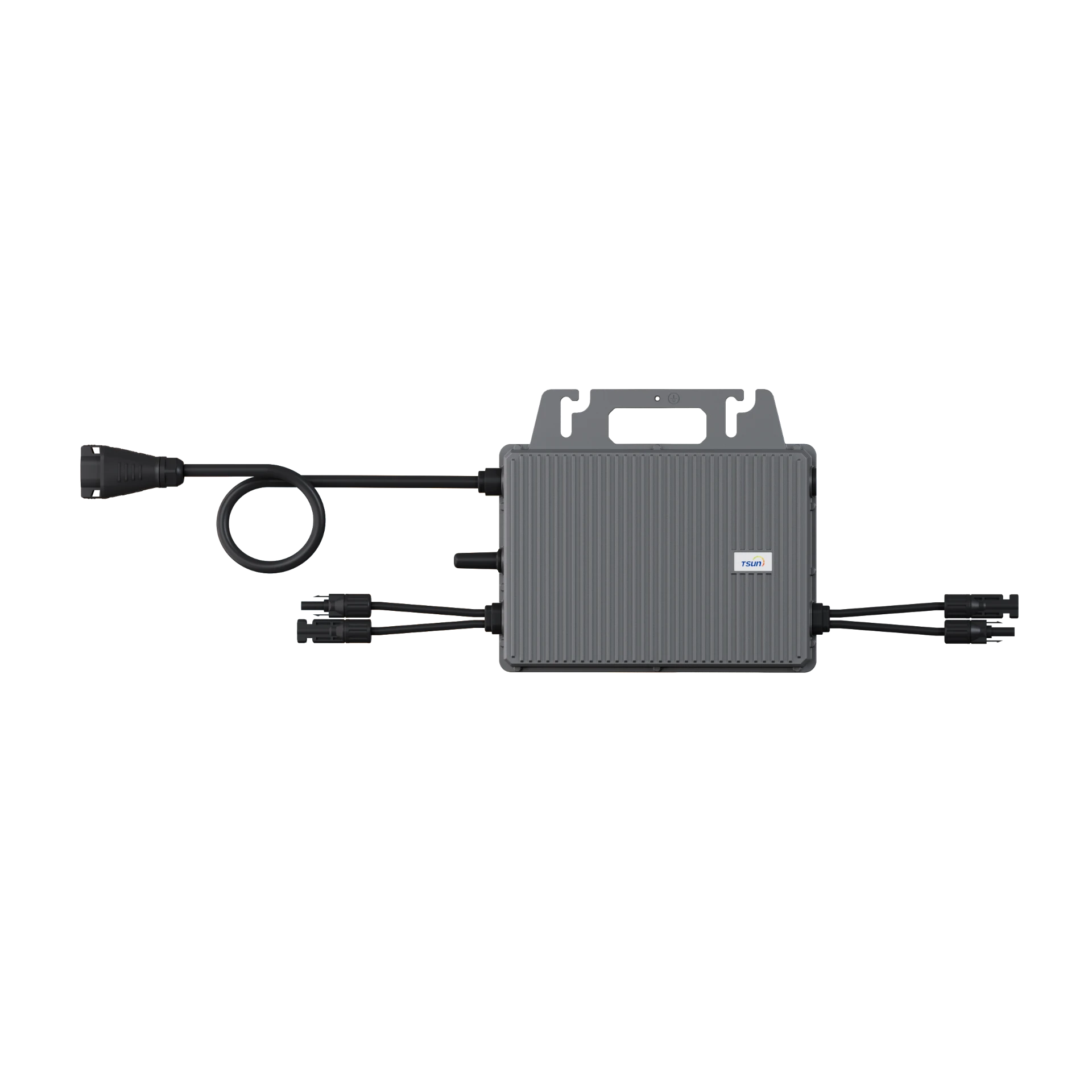Harnessing solar energy has become a pivotal movement toward sustainable living, and choosing the right equipment for a solar setup is crucial for maximizing efficiency and investment returns. One component that stands out for its innovation in the solar industry is the microinverter. With an increasing number of homeowners and businesses turning to renewable energy, microinverters have garnered significant attention due to their remarkable performance and dependability. This article explores why microinverters are indispensable for solar panels, bringing together real-world experiences, professional insights, authority, and trustworthiness.

Microinverters serve as a vital link between solar panels and the electrical grid or battery storage, converting direct current (DC) produced by solar panels into alternating current (AC) used by household appliances. Unlike traditional string inverters that handle power conversion for an entire array of panels, microinverters are installed on each individual panel. This design offers multiple advantages, starting with optimization. Because each panel is independent, shading or malfunctions affecting one panel do not impact the performance of the others. This autonomy can lead to as much as a 25% boost in energy harvest, particularly in partial shading conditions or complex roof layouts.
The experience of early adopters underscores the reliability of microinverters. Users report fewer breakdowns and reduced maintenance needs compared to string inverters, highlighting an advantage in resilience. In numerous testimonials, homeowners appreciate the granular monitoring capabilities that microinverters offer, tracking performance in real-time at the individual panel level. This ability not only assists in quick fault detection but also strengthens the overall management of their energy systems, leading to enhanced user satisfaction.

From an expertise perspective, professionals advocate for microinverters because they increase system flexibility and simplify design. For instance, when integrating additional solar panels, microinverters allow seamless expansion without the need for additional centralized equipment, making them ideal for future-proofing solar energy systems. This adaptability is particularly beneficial for residential applications, where capacity needs might evolve, or aesthetics are a consideration.
microinverter for solar panels
In terms of authority, industry studies and reports back up the benefits of microinverters. Renowned institutions have validated the long-term financial benefits and increased system uptime, given that microinverters typically come with longer warranties than traditional inverters—often 20 to 25 years. These warranties reflect manufacturers’ confidence in the technology, reinforcing its status as a reliable choice for consumers.
The trustworthiness of microinverters is emphasized through their safety features. By restricting high-voltage DC on rooftops, they mitigate the risk of electrical fires, offering peace of mind for users prioritizing safety alongside efficiency. Moreover, the decentralization introduced by microinverters contributes to a robust system architecture, meaning if one unit fails, the rest can continue to function, maintaining energy supply continuity.
In conclusion, the integration of microinverters in solar panel systems represents a merger of technological innovation and user-centered design. Its advantages in optimization, reliability, and flexibility make it a top pick among solar components. As the movement towards renewable energy accelerates, understanding and investing in the right technology is more important than ever—microinverters offer a strategic edge, delivering performance, peace of mind, and long-term value that consumers can trust.
This combination of experience, expertise, authority, and trustworthiness solidifies microinverters’ position as an invaluable asset to the solar industry, making them an enlightened choice for sustainable energy solutions.
 LEARN DETAILS
LEARN DETAILS



